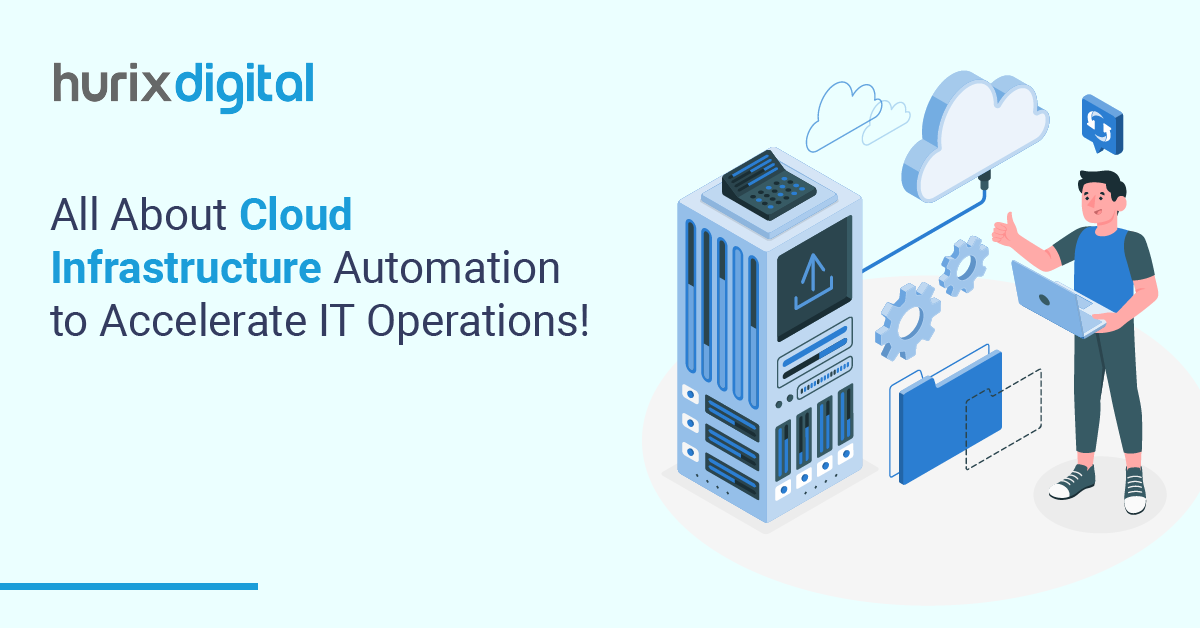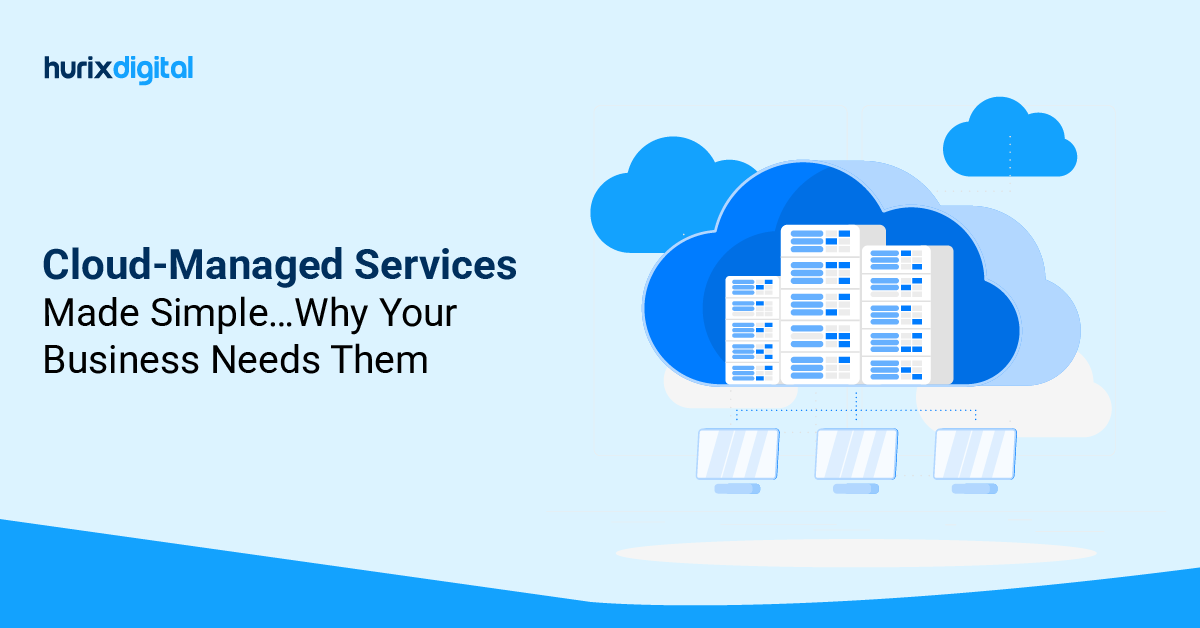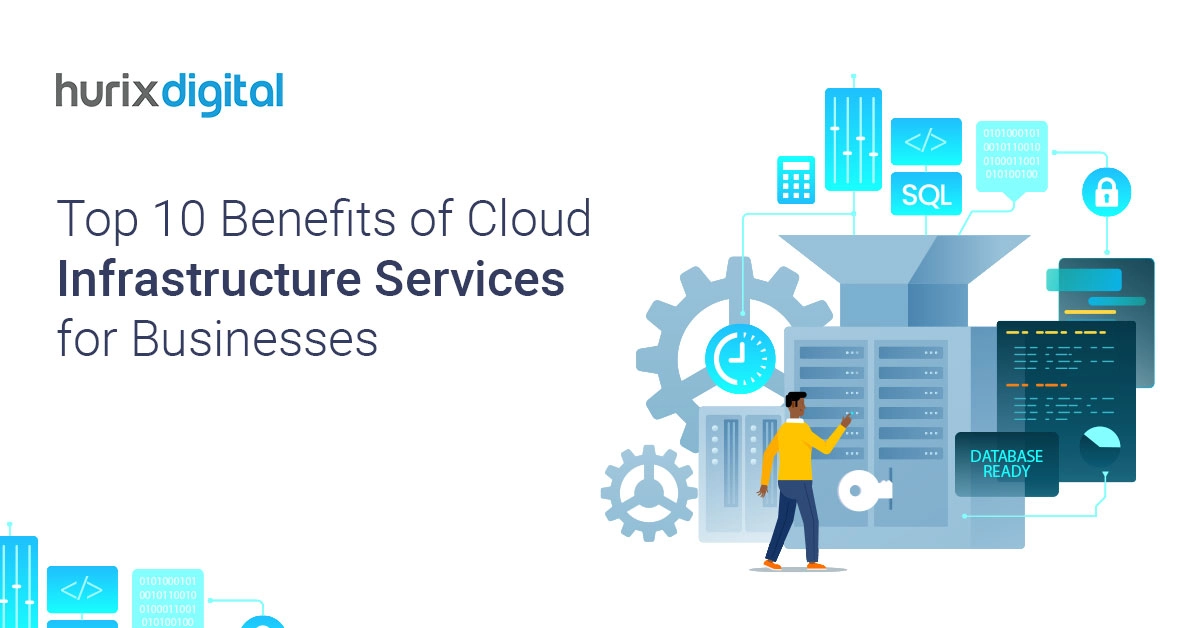
All About Cloud Infrastructure Automation to Accelerate IT Operations!
Summarize with:
In recent years, DevOps has gained momentum as a tool for integrating software and IT operations simultaneously for the cohesive working of teams. DevOps automation has become necessary in cloud-managed services with the increasing complexities in IT services.
As team sizes grow, there is an added requirement for security and quality maintenance, and automated cloud-based IT solutions fill that need with their performance-optimizing facilities. 84% of IT companies have seen improvement with the help of automation in cloud services, highlighting the importance of cloud automation tools for business growth.
Automation of DevOps can help enterprises achieve a good pace with work, and teams manage data better with minimum chances of failure. Here are some automated IT management practices and tools to enhance the company’s efficiency operations and configuration and make it easy.
Table of Contents:
- Importance of Cloud Infrastructure Automation for IT Services
- Best Tools and Practices for Cloud Infrastructure Automation for IT Services
- Concluding Thoughts
Importance of Cloud Infrastructure Automation for IT Services
Automated cloud services are not just software upgrades but yield several benefits in the long run. This feature can improve the efficiency and agility of companies by streamlining IT processes and decreasing the chances of manual errors.
Automating daily tasks gives IT teams more time to focus on new challenges and this can improve productivity and scale up work significantly. With added attention to significant tasks, companies can analyze the market closely and respond to the changing consumer demands immediately.
Automation enables users to adequately streamline their workload, meaning they can cut down on unnecessary processes and focus on only the required steps. Simplifying steps can reduce cloud security breach issues because of lower bugs and deployment issues.
Cloud automation tools and practices are available for any company’s various IT operations to integrate these benefits into businesses. Here, Continuous Integration/Continuous Delivery (CI/CD) becomes a core component of automation as it allows software testing across several platforms.
Also Read: Why are Cloud Application Services More Secure than On-Premise Solutions?
Best Tools and Practices for Cloud Infrastructure Automation for IT Services
There are a few IT workflow automation tools that can help your company pace up work. Let us look at some of the best practices and tools below.
1. Continuous Integration/Continuous Deployment (CI/CD)
The market for CI/CD is estimated to reach $41.66 billion by 2030. This shows how important the system is for the progress of cloud infrastructure services. This automated IT management system builds an integral link between the deployment and operations teams of the IT department and makes things easier for the company.
- Continuous Integration (CI): CI involves automating the integration of code changes throughout the day for less hassle at the end of the development process. Developers use a common repository with CI, and there is a continuous pipeline to share code.
The CI pipeline can be triggered anytime there is a commit or merge, saving time for the team, which does not have to waste time merging it at the end.
- Continuous Delivery: It automates the release process by building on CI and helping developers work on bugs early on for fewer errors in the post-production process. This step contributes to lowering costs and improving production levels and helps in sending updates faster.
- Continuous Deployment (CD): The scalable IT infrastructure of CI/CD has an additional step named Continuous Deployment (CD) for companies to deploy their applications without human intervention. Teams need to set the criteria for the application release beforehand so that the system can work and deploy the code accordingly. This process allows for faster completion of the coding process and sends features to users quickly.
2. Infrastructure as Code (IaC)
The global market size for IaC was $759.1 million in 2022 and is projected to reach $3,304.9 million by 2030. This underscores its importance in improving the infrastructure by automating several deployment activities.
IaC uses language that automates the provisioning of IT infrastructure, eliminating the need for manual provisioning. This automation system can manage servers and operating systems and deploy, test, and build applications.
IaC is an essential DevOps automation tool that can help configure and manage cloud computing tasks to streamline operations in a company. With its simplification, configuration drifts can be prevented because provision occurs through code, not ad hoc or manual processes.
3. Self-Healing Systems
Given the increasing complexities in the IT ecosystem, managing and streamlining cloud infrastructure can be challenging. Self-healing systems become essential to reduce operational costs, enhance security, and work on patches across the system.
As the name suggests, these systems allow easy detection of problems in the performance and infrastructure and heal the system accordingly. For software-heavy companies, this can reduce the time used to detect issues and reduce the burden on the employees.
With regular monitoring and alerting, these automated cloud services can provide insights into system health and enable teams to deliver faster and more efficiently.
4. Store Optimization
Automation of storage operations is important because storage is a crucial component of cloud infrastructure services. Manual storage management can be difficult, and inadequate resource usage leads to high cloud storage bills. But with automation, companies can understand the cost in detail and work better with cloud storage.
One major way to automate operations is by identifying unused resources, identifying storage classes, and even consistently modifying the cloud to optimize storage.
To get the best results, companies can get custom cloud plans to cut down costs and invest in cloud audits with effective planning for added ease of use. With automated auditing, there are fewer chances of errors and a better understanding of cloud health.
With these automated cloud services, companies get a clear idea of overprovisioned storage resources and handle their cloud space better. This can help take care of the sudden workload fluctuations better with modifications in the storage according to the requirements.
Read Sucess Story: Hurix Digital Modernizes IT Systems for a Food Manufacturing Giant
Concluding Thoughts
DevOps automation can help modern-day businesses significantly by assisting them to enhance the productivity and security of the infrastructure. The above-mentioned practices can help speed up any company’s work effectively. Implementing them can help businesses keep up with ever-changing technological changes and give them a competitive edge.
With Hurix Digital, migrating your IT infrastructure and services to the cloud is seamless. With our cloud-based IT solutions, you can complete instrumentation and use advanced technology that ensures high security with proper evaluation of the existing security processes.
These cloud infrastructure services help companies connect with IT stakeholders and plan and execute improvement initiatives. With Hurix Digital, your company gets the right technology that can help in automating tasks and increase yearly turnover with enhanced workflow. Get in touch with our trusted experts today.
Summarize with:

Vice President and Strategic Business Unit Head – Cloud Services
A top technology management voice on LinkedIn with 20 Years of experience in Information Technology, Cloud Services, Digital Transformation, Application Modernization, Managed Services, IT Security Engineering and Operations Management. An avid technology Leader, Leadership Speaker, Author & Coach.
 We’re live! Explore the all-new
We’re live! Explore the all-new 





